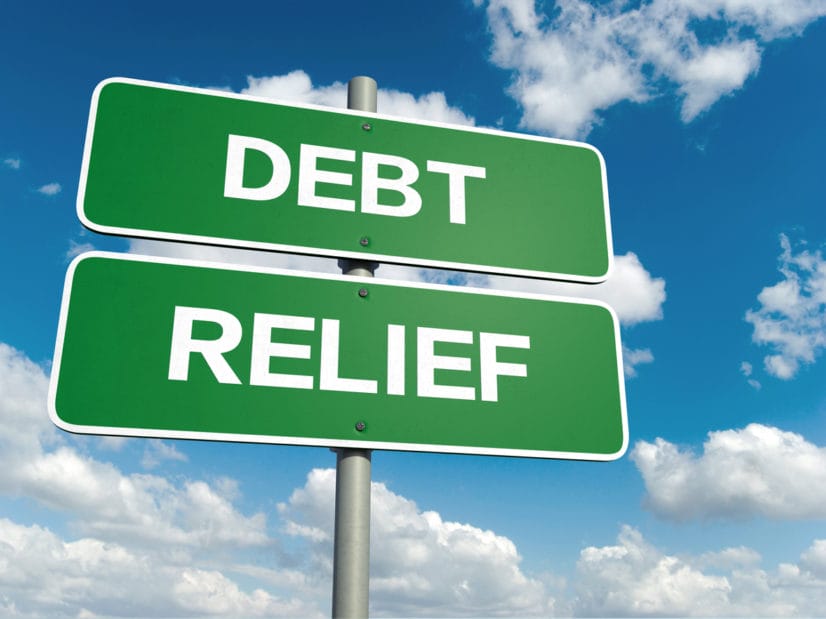A recent survey conducted by Experian revealed rising consumer debt, especially for auto, student and credit card debt. An article about the survey, “State of Credit: 2017,” was published January 11, 2018 and covered consumer spending and debt during 2017 using data from Experian’s eighth annual “State of Credit” survey.
The piece opens with positive observations such as an economy that “seems to have mostly recovered from the 2008 financial crisis,” normal housing prices and foreclosure rates, and a historically low unemployment rate. It also discusses favorable consumer confidence and holiday sales as well as respectable credit scores among many Americans — the average 2017 VantageScore of 675 was the  highest average since 2012. Furthermore, “more Americans have super-high credit scores than very low credit scores.”
highest average since 2012. Furthermore, “more Americans have super-high credit scores than very low credit scores.”
Love fest notwithstanding, the article turned to the gloom of wages that “remain stubbornly flat,” and a “homeownership rate is lower than it’s been since the 1960s.”
Next, it balanced those equities by saying that somewhere in the middle of these contradictions, between Americans with record high credit scores and those facing rising consumer debt, is a “typical consumer” with the following personal data:
- 675 VantageScore
- 3.1 credit cards
- $6,354 balance on credit cards
- 2.5 retail cards
- $1,841 balance retail cards
- $201,811 of mortgage debt
- $24,706 in non-mortgage debt
Author Bob Sullivan adds a proviso about the relativity of the data. In the mortgage category, for example, “A $201,000 mortgage would sound crazy to someone in rural Ohio, but downright cheap to someone in urban Seattle.”
Details About Rising Consumer Debt
Other noteworthy credit card stats include total debt surpassing $1 trillion (in February) for the first time since the Great Recession and the record high of $1.021 trillion set in June.
 Sullivan points out that there are two sides to the credit card debt story:
Sullivan points out that there are two sides to the credit card debt story:
“Increased credit card spending might mean increased optimism about the future (and the ability to pay bills in the future). Or, it might mean consumers struggling with relatively flat wages feel an increasing need to use credit just to get to the end of the month.”
He also offered an explanation of the three different credit card users per the American Bankers Association:
- Transactors pay their cards off in full each month (about 29% of account holders).
- Revolvers carry a balance and often pay high rates (43% of card holders).
- Dormants don’t use their cards.
Naturally, Revolvers are in the most precarious position of the three groups in relation to rising consumer debt. Note, a director in our company pointed out that some members in the Revolving group have no more “open to buy” on their card(s) and are effectively not able to use them.
Rising Consumer Debt in Student Loans
According to Sullivan, “the student loan story has been widely told, but it keeps getting worse.”
 The average student loan balance is now a record $34,144.
The average student loan balance is now a record $34,144.
Forty million Americans have outstanding student loans, representing $1.4 trillion and exceeding the $1.021 trillion in credit card debt.
“One in three borrowers says they’ve been late making at least one payment during the past 12 months, according to a report by the Global Financial Literacy Excellence Center at the George Washington University School of Business.”
Auto Loans
Sullivan also believes auto debt is worse that student loan debt. He cites that the Federal Reserve announced a record 107 million Americans held car loans, the average term was 68 months (up from 63 months a decade  ago), and the total car loan market reached a record $1.2 trillion.
ago), and the total car loan market reached a record $1.2 trillion.
The article as well as the Experian data is underlined by information published in a November 14, 2017 Wall Street Journal article, “Household Debt Reaches New Record as Some Delinquency Rates Rise.” That piece stated, “Delinquency rates … creeping higher for certain loans [is] a sign some Americans are under growing financial stress as the total debt held by U.S. households continues to hit new highs.”
It also pointed to the same three areas of rising consumer debt:
- Outstanding auto loans jumped by $23 billion to $1.213 trillion
- Student loans rose by $13 billion to $1,357 trillion
- Credit card debt was up by $24 billion to $808 billion
Closing Words
Sullivan suggests that some consumers should tighten their belts.
Revolvers should pay down their credit card balances. “The single biggest step you can take immediately to improve your credit score is to pay your bills and pay down your credit card balances.”
 Consumers should use their tax cut to pay down debt. “If you are lucky enough to benefit from the tax cuts, some of which are expected to show up starting with February paychecks, don’t spend that windfall. Instead, consider taking that money and immediately using it to pay down credit card balances.”
Consumers should use their tax cut to pay down debt. “If you are lucky enough to benefit from the tax cuts, some of which are expected to show up starting with February paychecks, don’t spend that windfall. Instead, consider taking that money and immediately using it to pay down credit card balances.”
He also cautions consumers about taking out new credit. “You might still be struggling to make ends meet, but if you are tempted to open a new credit card account, do so judiciously. A new card might have a short-term negative impact on your score; if you pay it off regularly and use only a small portion of the credit limit, it can help your score long-term.”
Backed by a best-in-class foundation of technology, certification, data security and compliance, Optio applies individualized strategies for lending institutions in the auto, student and consumer card spaces. Furthermore, the agency is among the one percent of US debt collection companies with Professional Practices Management System certification by ACA International.
Contact us today to learn how an individualized program can benefit your organization with a highly favorable return on investment and brand protection.






